Minnesota will receive about $818 million for public transportation over five years, which is expected to include investments in electric buses, despite lower ridership over the past year.
The money is part of a federal bill signed into law Nov. 15, with $6 billion to go to Minnesota infrastructure. While Congress has not distributed the funds, officials say they will invest in projects that make transportation options greener and safer.
Another $302 million of the total funds will go toward bridge replacement and repairs, intended to better accommodate cyclists and pedestrians.
The Metropolitan Council and Metro Transit will receive much of the funding. Counties, cities and public universities will be able to apply for grants for improving local infrastructure such as bus stops and intersections.
“These are really critical investments when we think about making sure students with all abilities can get to campus and get around campus comfortably and safely,” said Kyle Shelton, director of the University of Minnesota’s Center for Transportation Studies.
Ridership decreased over the pandemic
Metro Transit public relations manager Howie Padilla said the Northstar, which connects the Twin Cities to the northwest suburbs, has not recovered to the same extent as city transit.
Padilla said the Northstar’s ridership is 10% of what it was in 2019. In comparison, bus ridership is about half of what it was in 2019.
“While workers are returning to the office slowly but surely, there are some that are definitely still working from home,” Padilla said.
Second-year University student Joey Van Deurzen said he hopes the infrastructure bill will improve transit for Twin Cities residents instead of for suburbs, such as the green and blue light rail extensions, which will connect Brooklyn Park and other suburbs to the city.
“It seems like it’s being built to bring people in from the suburbs,” Van Deurzen said. “What’s the point of that when you have large portions of the city that people actually could have a walkable, with public transportation included, lifestyle?”
From fall of 2019 to the following year, when classes were held primarily online, there was about an 82% decrease in U-Pass sales. As of October of this year, sales remained 18% lower than in 2019.
University students can purchase a U-Pass that allows for unlimited use of most Metro Transit transportation. The pass typically costs $114 per semester, but this semester, the pass was offered for half the price.
“There’s no question that University students are transit customers. It provides them with low-cost ways to get around,” Met Council Chair Charles Zelle said.
Minnesota lawmakers passed a provision in the transportation bill that requires a University study about how the pandemic is impacting future transit use. Some are concerned about investing in transit options that are decreasing in ridership. According to Shelton, the study is still in development.
Bill invests in pedestrians and climate
Shelton, the director of the Center of Transportation Studies, said the new infrastructure bill will impact mobility across the city of Minneapolis.
“There is probably more funding than we’ve seen previously in pedestrian infrastructure,” Shelton said. “This will impact both how students can get to campus and how they get around campus.”
Greg Lindsey, professor at the Humphrey School of Public Affairs, said this money will create internships and jobs that University students can apply for at consulting firms and local governments.
Lindsey added that the bill will emphasize greener modes of transportation and add more bikeways.
“It also puts climate front and center,” Zelle said. “Having additional transit ways and transit activity allows people to leave their cars at home which are the biggest emitters of carbon.”
Michael Dunst, a recent University graduate, said the infrastructure bill established an unsustainable reliance on cars by investing $4.5 billion in Minnesota highways.
“We’ll see a lot of newer roads and lanes being built in the U.S., which will just further cement our path in terms of climate change,” Dunst said. “Some of the projects that I think would be forward-thinking are things like bus-only lanes and projects to give transit vehicles priority at traffic lights.”


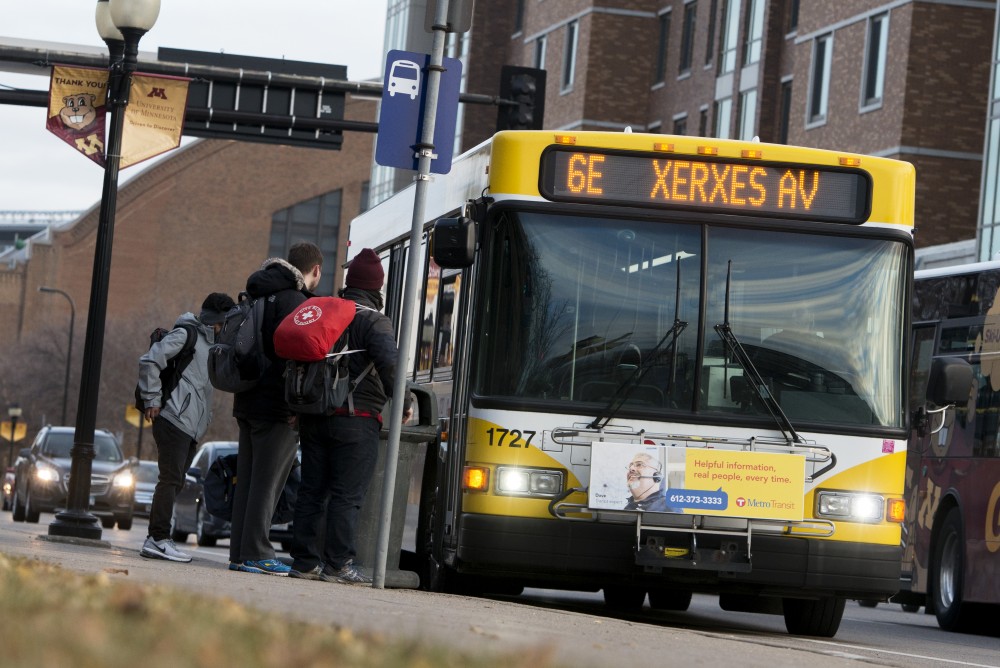
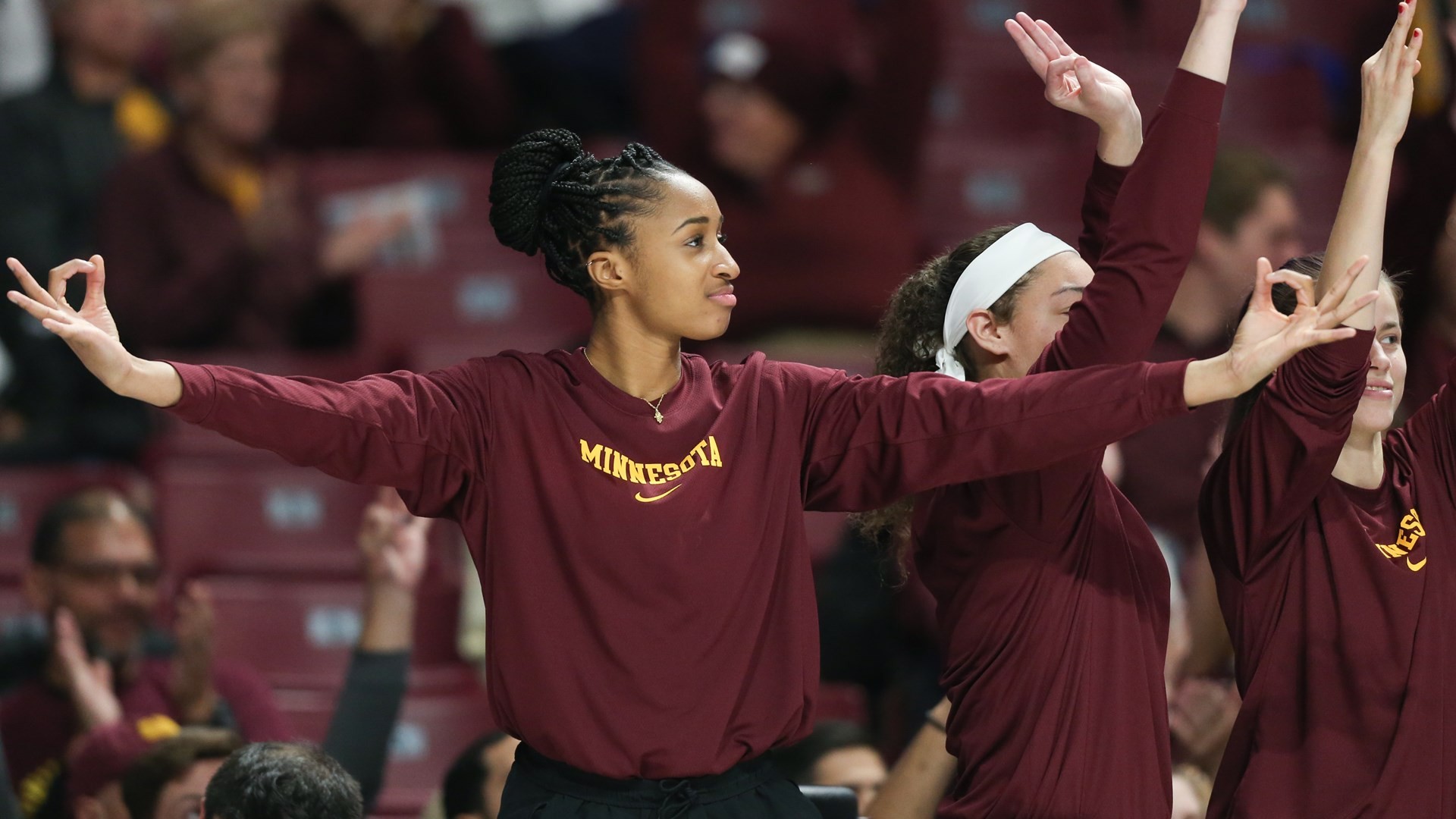
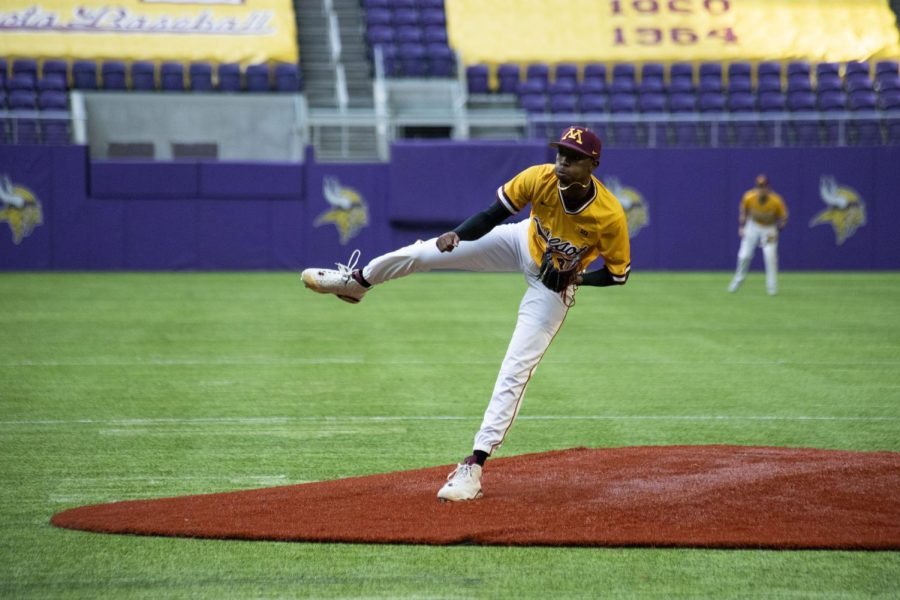
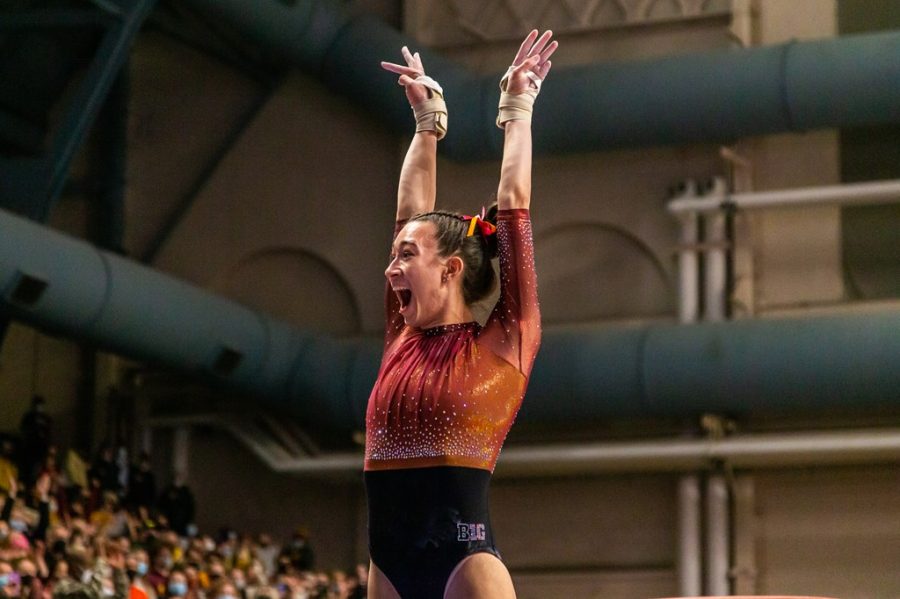






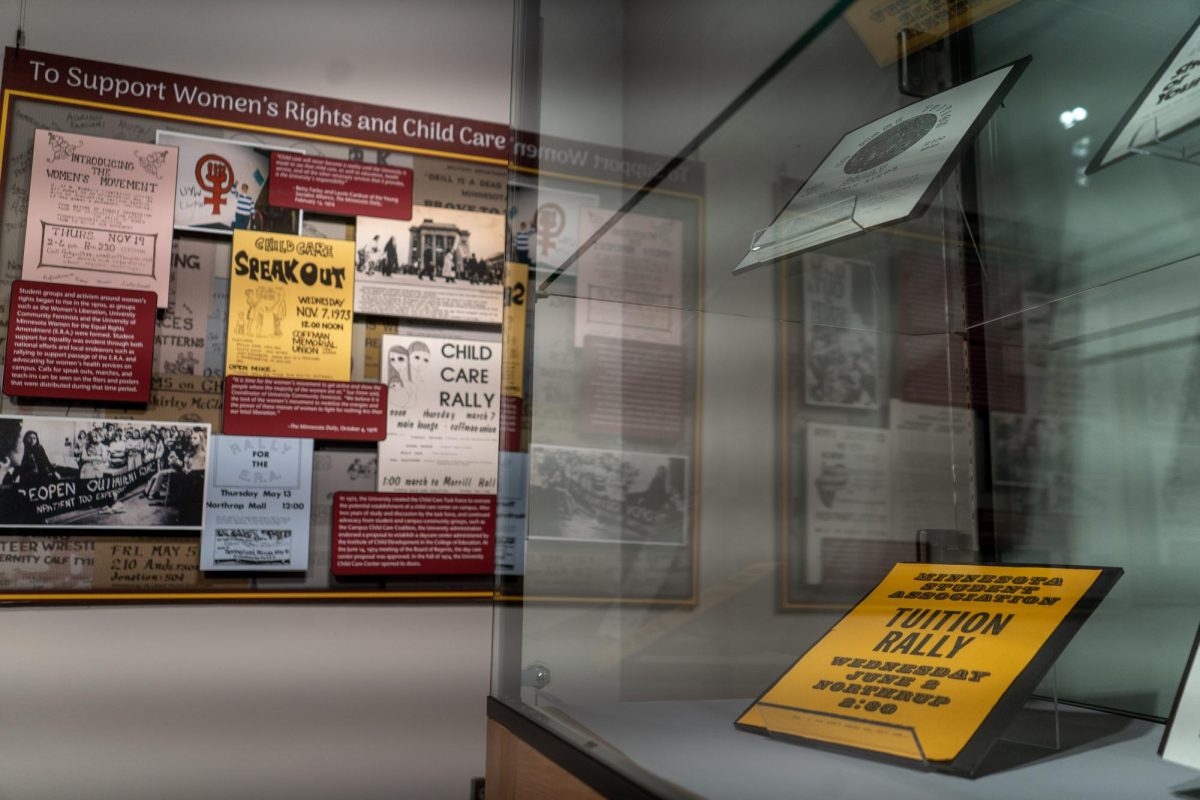


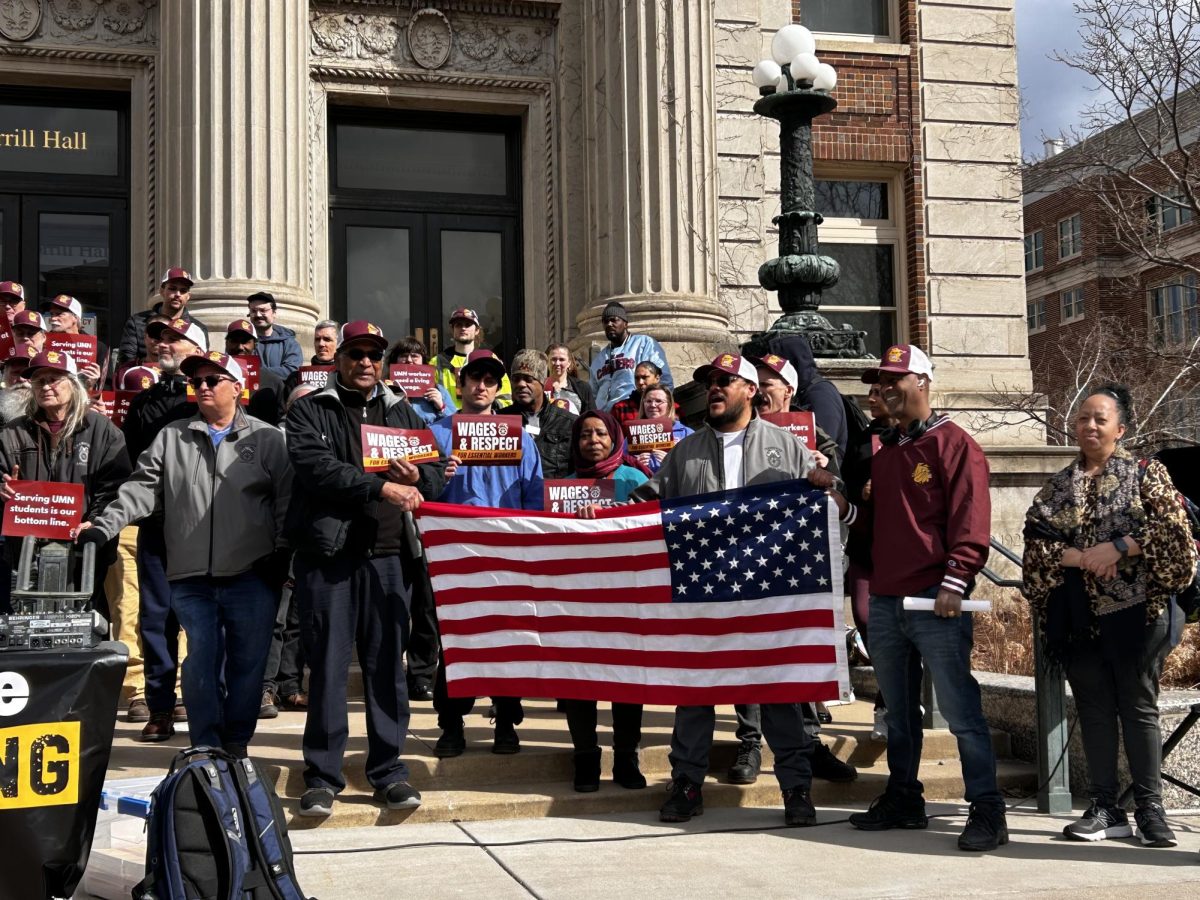
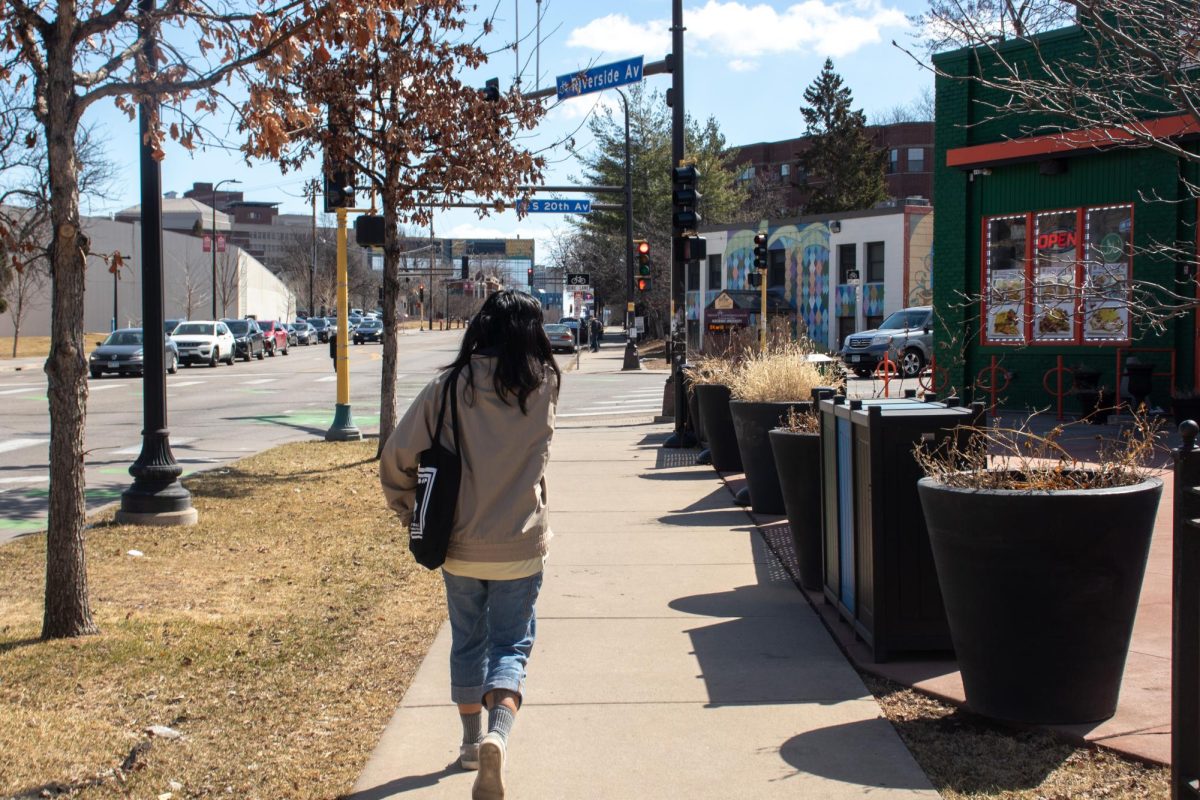
Walttuh
Dec 13, 2021 at 4:47 pm
Nailed it!
A Gopher
Dec 13, 2021 at 3:06 pm
That’s nice and all, but the light rail trains have become nothing but rolling drug dens. Get on any car, especially the middle or rear car, and just take a big sniff. Cigarettes, weed, crack, meth, nothing is off the menu and no one seems to do anything about it. But sure, let’s pour more money into this boondoggle and see how nice we can make T-dawg’s crack den.